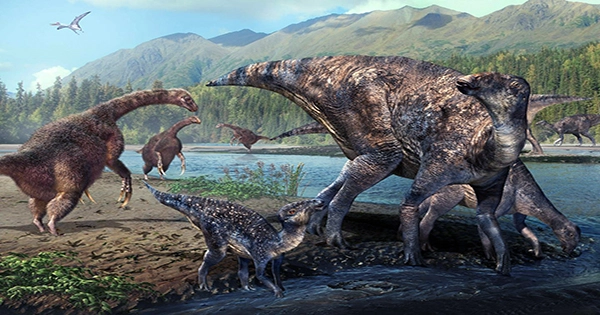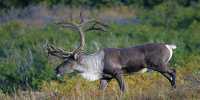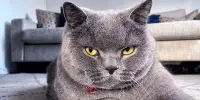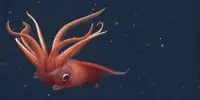Thanks to research on its preserved teeth, Brasilodon quadrangularis is currently recognized as the oldest (known) mammal species in the world. Its mammalian status has been established, and its emergence around 225.42 million years ago puts it 20 million years before Morganucodon, the second-place animal. The teeth of the extinct, prehistoric creature that resembled a shrew show that it was a mammal and that it existed even at the time of the earliest dinosaurs.
These animals were only 20 centimeters (7.9 inches) long in the real world, but only a little portion of their bodies have been preserved in the fossil record. Mineralized bone, fortunately, does a good job of persisting, and B. The two sets of teeth that quadrangularis possessed provide crucial details regarding its evolutionary history.
According to Dr. Martha Richter in a statement, “Comparative studies with current mammal dentitions and tooth replacement techniques show that this was a placental, somewhat short-lived animal.” Richter is a senior author of a work that was published in the Journal of Anatomy and a Scientific Associate at the Natural History Museum.
The earliest known mammal in the fossil record, Richter stated, “dating to 225.42 million years old, contributes to our understanding of the biological landscape of this period and the evolution of modern mammals
According to that period, Brasilodon was among the first dinosaurs ever discovered. It is anticipated that they stayed to themselves by dwelling underground in burrows, much like current shrews do.
Dental research not only identified the first extinct mammalian species, but also provided new insights into how early mammals’ dentitions developed. Because they only had one set of replacement teeth that grew in later in life, like ours, their toothy remnants have shown that they were diphyodonty creatures.
A fundamental distinction between mammals and reptiles is that mammals undergo the process of developing teeth during the embryonic stage and then shedding these for a final adult set. Reptiles undergo continuous tooth regeneration. Diphyodonty has been associated with other mammalian characteristics like endothermy, live birth, and fur; thus, the field will benefit from the identification of Brasilodon as belonging to this group.
According to Prof. Moya Meredith Smith, a contributing author and Emeritus Professor of Evolution and Development of Dentoskeletal Anatomy at King’s College London, “the evidence from how the dentition was built over developmental time is crucial and definitive to show that Brasilodonts were mammals.”
Our study intensifies the dispute over what constitutes a mammal and demonstrates that the fossil record dates back far further than previously thought.















